Author: Phil Rusher
While the most zealous of craft beer enthusiasts might disagree, coffee and beer work really well together, and the fact most breweries produce at least one coffee beer suggests the masses agree. There are numerous methods to impart coffee flavor to beer, many involving the addition of real coffee at some point in the brewing process, though there’s some debate about what the best point is.
One common approach brewers take is to add ground coffee beans to the boiling wort, usually toward the end of the boil, which some view as being similar to the typical coffee brewing process. However, others believe this method leads to the extraction of compounds that lead to a harsh bitterness, preferring rather to add their coffee on the cold side, similar to the way dry hop additions are made.
I definitely drink more than my fair share of coffee and happen to be among those who think it compliments many beer styles. Having brewed numerous batches of coffee beer using various methods, I was curious whether adding coffee to the boiling wort would lead to a beer that was perceptibly different than one where the coffee was added toward the end of fermentation.
| PURPOSE |
To evaluate the differences between a beer made with coffee added during the boil and the same beer where the coffee was added to the fermented beer.
| METHODS |
Darker styles tend to be the natural choice for coffee beers, but I went with a straightforward Cream Ale for this xBmt in hopes of emphasizing any impact of the variable. This recipe was largely inspired by Regular Coffee from New Jersey’s Carton Brewing, an old favorite.
Irregular Coffee
Recipe Details
| Batch Size | Boil Time | IBU | SRM | Est. OG | Est. FG | ABV |
|---|---|---|---|---|---|---|
| 5.5 gal | 60 min | 21.5 IBUs | 3.1 SRM | 1.060 | 1.014 | 6.1 % |
| Actuals | 1.06 | 1.024 | 4.8 % | |||
Fermentables
| Name | Amount | % |
|---|---|---|
| BEST Pilsen Malt (BESTMALZ) | 10 lbs | 83.33 |
| Maize, Flaked (Briess) | 1.5 lbs | 12.5 |
| Milk Sugar (Lactose) | 8 oz | 4.17 |
Hops
| Name | Amount | Time | Use | Form | Alpha % |
|---|---|---|---|---|---|
| Warrior | 10 g | 60 min | Boil | Pellet | 12 |
| Perle | 15 g | 30 min | Boil | Pellet | 8.2 |
Miscs
| Name | Amount | Time | Use | Type |
|---|---|---|---|---|
| Dark Roast Coffee | 3.00 oz | 3 min | Boil | Flavor |
Yeast
| Name | Lab | Attenuation | Temperature |
|---|---|---|---|
| Joystick (A18) | Imperial Yeast | 75% | 60°F - 70°F |
Notes
| Water Profile: Ca 64 | Mg 0 | Na 8 | SO4 75 | Cl 61 |
Download
| Download this recipe's BeerXML file |
I made a yeast start of Imperial Yeast A18 Joystick a couple days ahead of time.
I started my brew day by turning on the elements to heat the strike water I’d previously collected before weighing out and milling 2 identical sets of grain.
I added the same amount of minerals to each batch while the water was heating up then added the grains when strike temperature was reached.
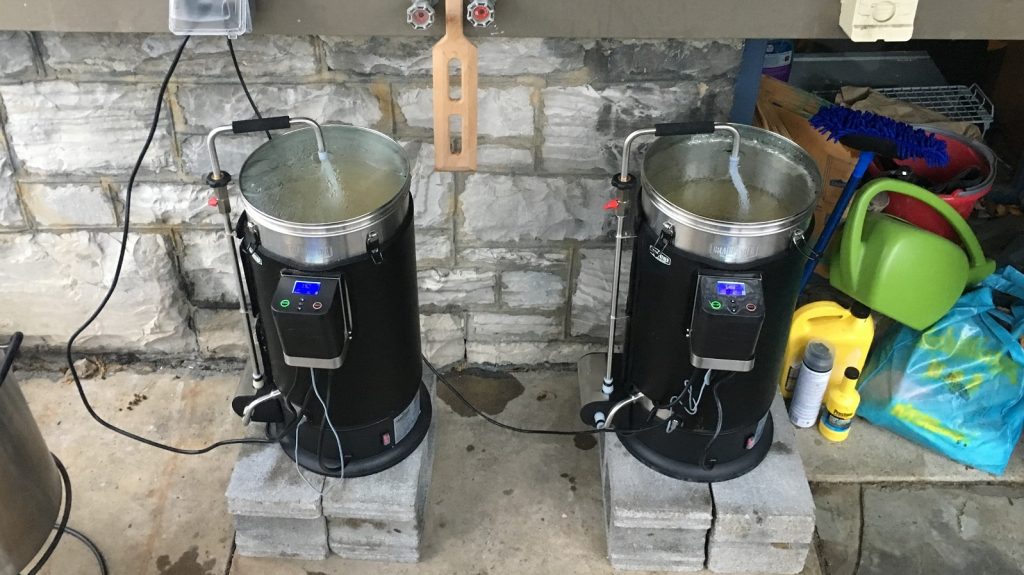
Both batches were mashed at 152°F/67°C for 60 minutes, after which the grains were removed and I completed the sparge step.
With the worts heating up to boil, I prepared coffee for the kettle addition batch by coarsely grinding 3 oz/85 grams.
At 3 minutes left in the boil, I added the ground coffee to one batch. Once the 60 minute boils were complete, the worts were chilled and transferred to sanitized fermentation vessels.
Refractometer readings showed the worts reached the same OG, indicating the coffee addition had no impact.
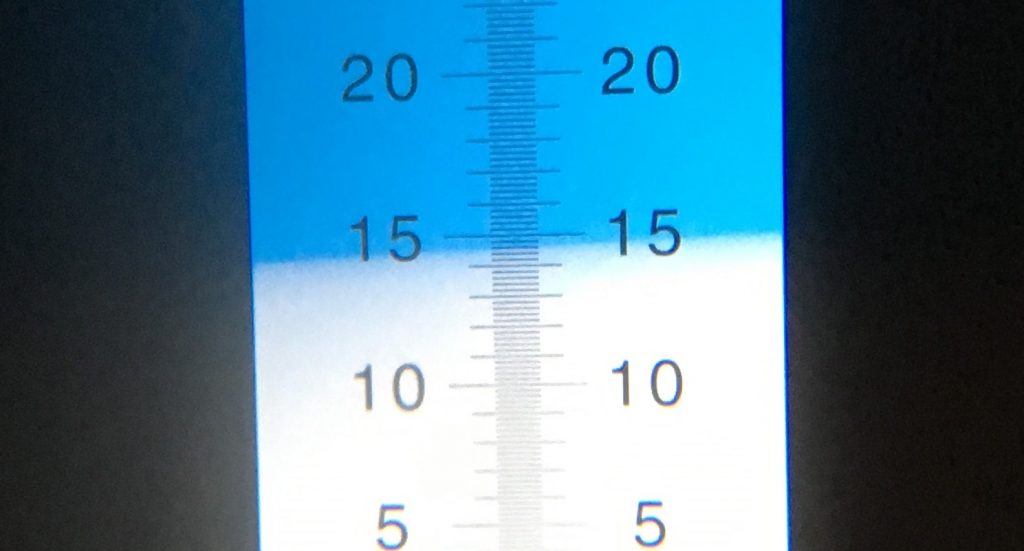
Both batches were placed in my fermentation chamber controlled to 62°F/17°C, at which point I pitched equal amounts of the yeast starter into each wort. After 2 weeks of fermentation, the beers had reached a similar FG.
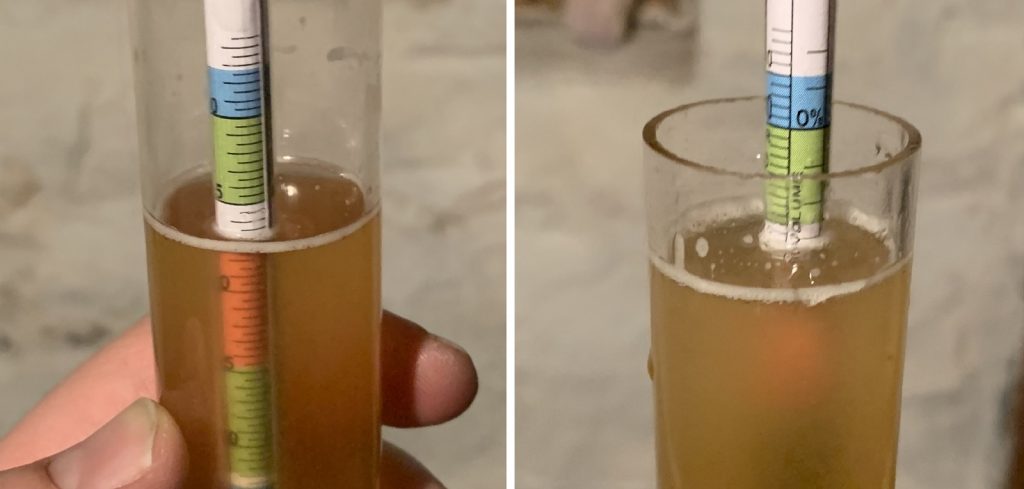
I turned the temperature in the chamber down to 40°F/4°C and left them alone for 24 hours before returning to add the same 3 oz/85 gram addition of coarsely ground coffee to the batch that had no coffee added during the boil. After 12 more hours, I proceeded with packaging.
The filled kegs were placed in my keezer where they were burst carbonated over 48 hours then left at serving pressure to condition for 2 weeks before they were ready to serve.
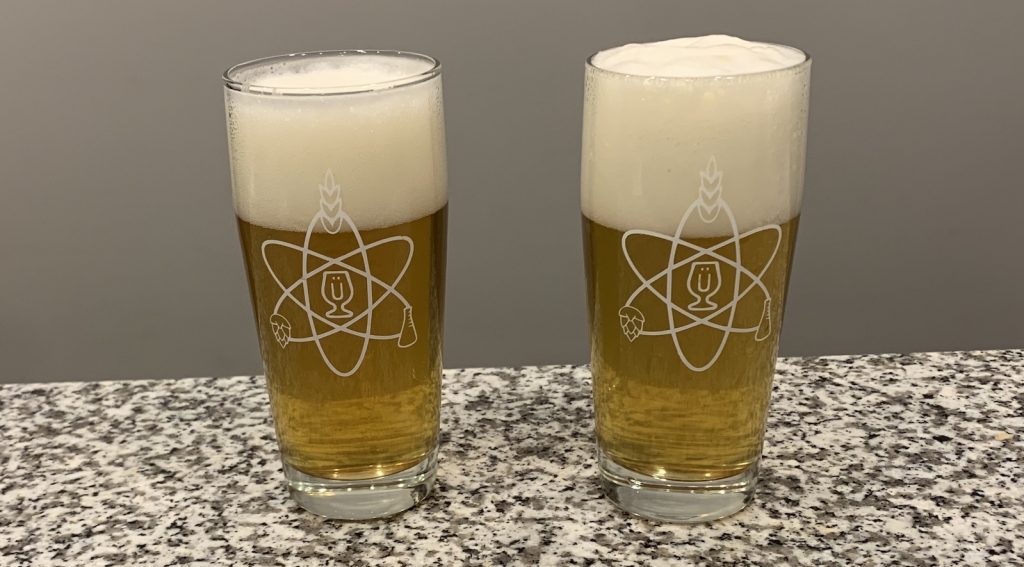
| RESULTS |
A total of 28 people of varying levels of experience participated in this xBmt. Each participant was served 2 samples of the beer made with coffee added during the boil and 1 sample of the beer with the coffee added at the end of fermentation in different colored opaque cups then asked to identify the unique sample. While 15 tasters (p<0.05) would have had to identify the unique sample in order to reach statistical significance, a total of 17 (p=0.003) did, indicating participants in this xBmt could reliably distinguish a Cream Ale made with coffee grounds added during the boil from one where the coffee was added toward the end of fermentation.
The 17 participants who made the accurate selection on the triangle test were instructed to complete a brief preference survey comparing only the beers that were different. A total of 7 tasters reported preferring the beer coffee added to the boil, 8 liked the beer made coffee added to the beer when fermentation was complete, and 2 people had no preference despite noticing a difference.
My Impressions: In initial side-by-side samplings, I perceived the beer with coffee added to the boil as having a much harsher bitterness and less overall coffee character, whereas the version with coffee added to the fermentation vessel had a perceptibly rich coffee flavor and aroma with a much smoother bitterness. Out of 4 blind triangle test attempts, I identified the unique sample every time, which was likely influenced in part by my awareness of the variable.
| DISCUSSION |
Similar to the way it is with those obsessed with brewing beer, serious coffee nerds hold some pretty strong opinions about the best methods for making a cup of joe– percolate, French press, vacuum, pour over. The options are vast, though one method that’s grown in popularity recently is cold brew, which is said to lead to a smoother flavor with less bitterness compared to common hot extraction methods.
If it’s true that temperature impacts coffee character, it stands to reason this would carryover into brewing coffee beers as well, namely that coffee additions on the hot-side will produce a noticeably different character than additions occurring on the cold-side. Indeed, tasters in this xBmt were able to consistently distinguish beers with coffee added either to the boil or toward the end of fermentation, providing support for this notion.
In follow-up conversations with tasters following completion of the triangle test, a few mentioned tasting a slight pepper-like flavor in the boil addition batch, and nearly everyone I spoke with described it as being more bitter. This certainly aligns with my experience, and seeing as I preferred the smoothness I perceived in the beer where the coffee was added at the end of fermentation, that’s the method I’ll be sticking with. That said, preference is entirely subjective, as the split preference data from this xBmt proves, and hence I would suggest brewers of coffee beers give various methods a go in order to determine what works best.
If you have any thoughts about this xBmt, please do not hesitate to share in the comments section below!
Support Brülosophy In Style!
All designs are available in various colors and sizes on Amazon!
Follow Brülosophy on:
FACEBOOK | TWITTER | INSTAGRAM
If you enjoy this stuff and feel compelled to support Brulosophy.com, please check out the Support page for details on how you can very easily do so. Thanks!


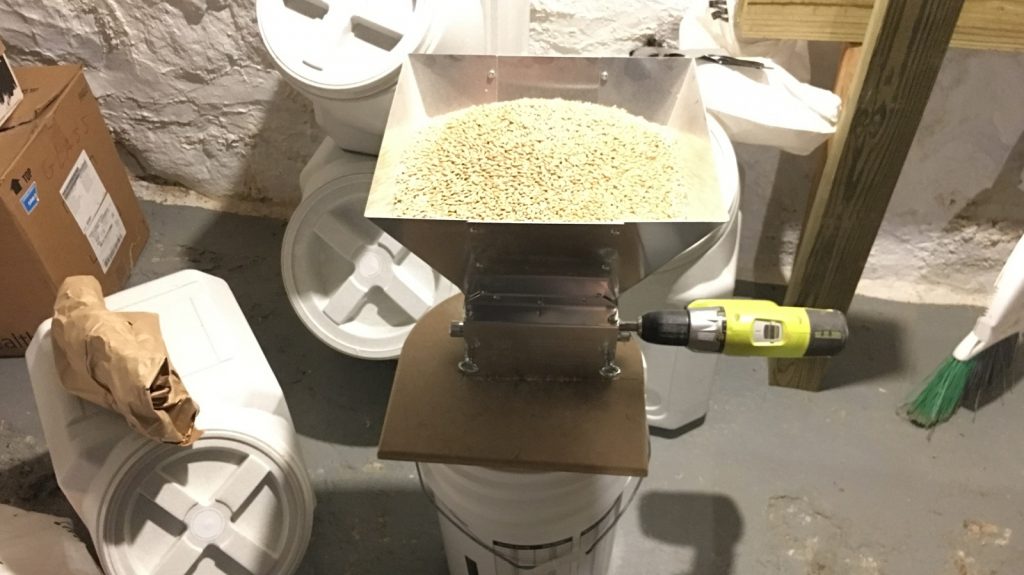
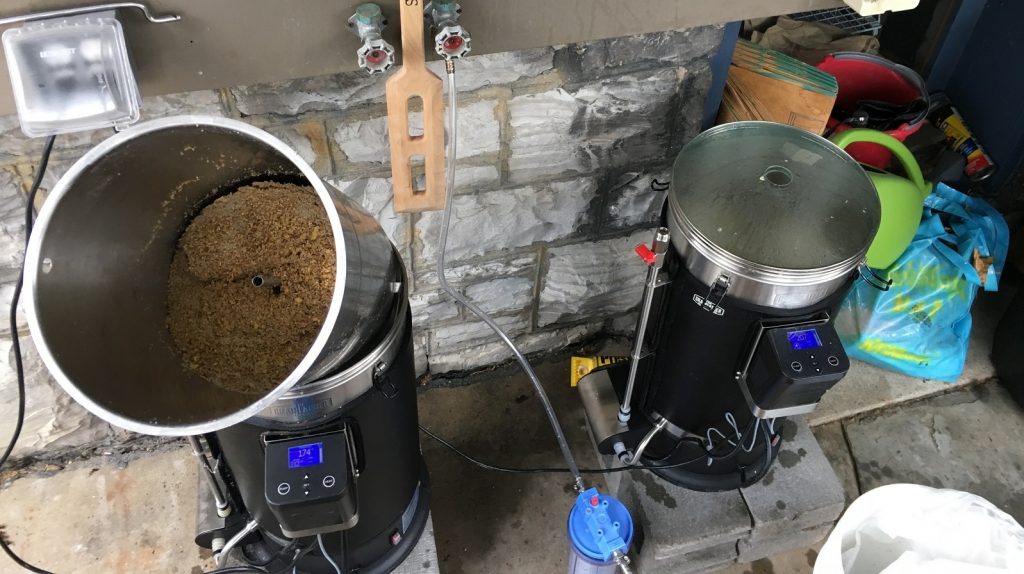
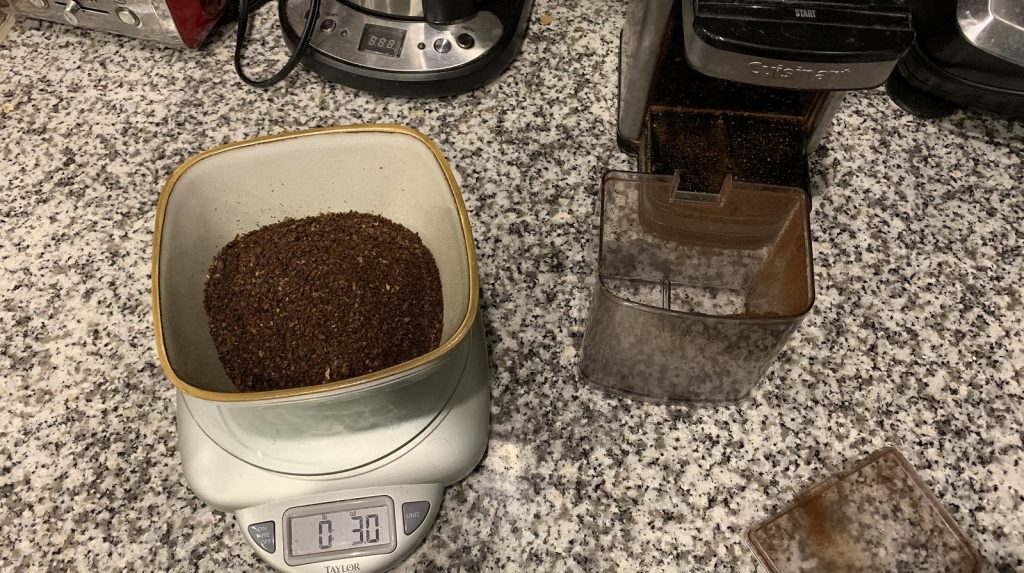
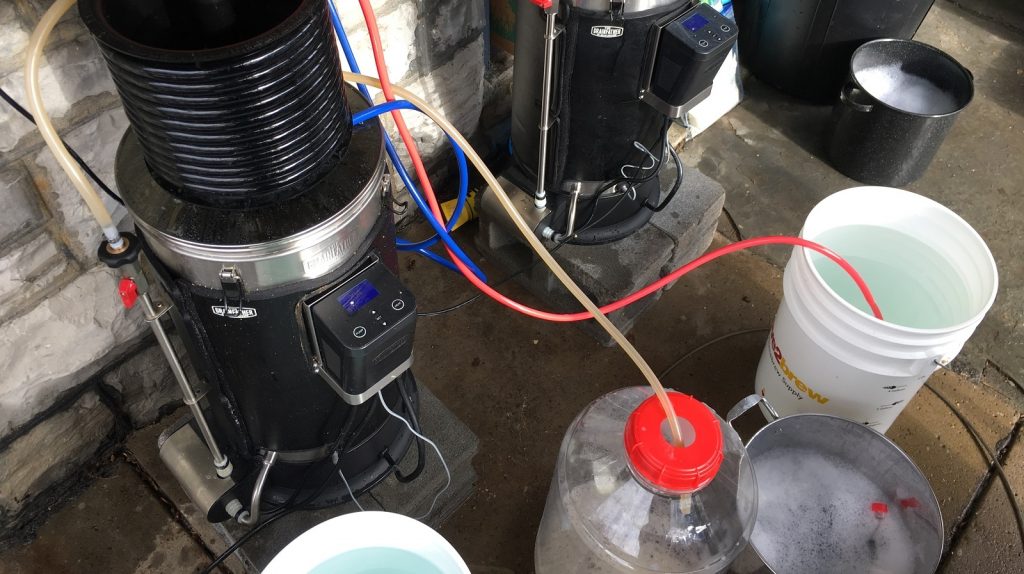
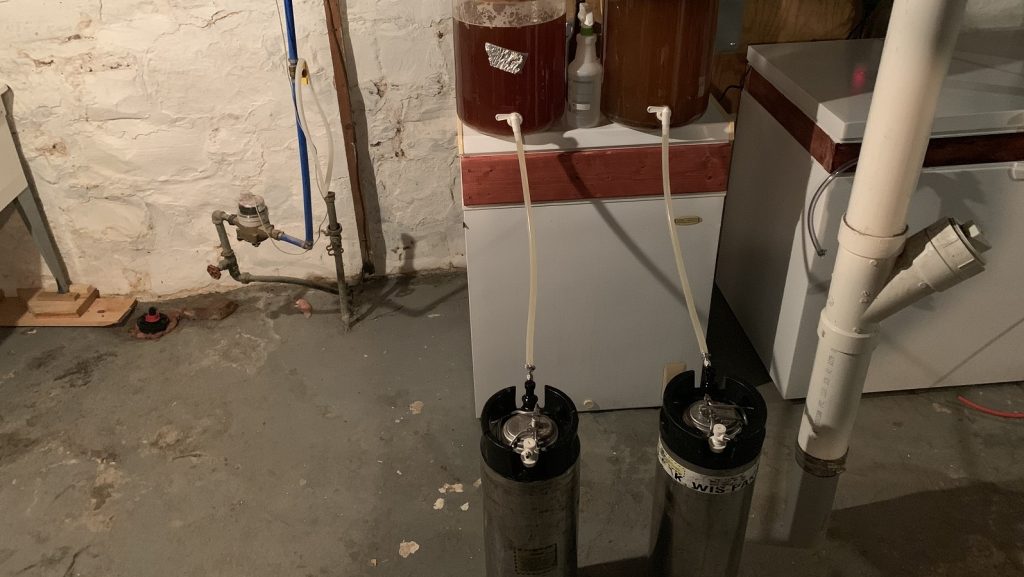










40 thoughts on “exBEERiment | Brewing With Coffee: Boil Kettle Addition vs. Fermentation Vessel Addition”
I think the first paragraph of the results is not completely correct, seeing as you contradict yourself in the discussion. 17 tasters COULD reliably distinguish the differences?
Right! That was a typo, sorry about the confusion.
Most important question, how did it taste? Carton’s Regular Coffee and other variants are awesome.
The boil addition beer was fine. The FV beer was good, not great. The more I had of both of these beers, though, the more I just wanted a regular cream ale!
And yes, Carton’s beers are all around excellent!
If you were to brew it again to be similar to Carton’s Regular Coffee what would you do different? I’m considering brewing something like this soon.
Well my interpretation is not a clone recipe so their grist is going to be different from mine to begin with, not to mention that their beer is 12% ABV. So I’d account for more booze and some potentially different malt choices. They list their beer as being 5 SRM but upon inspection it’s clearly darker than that. Could be a result of darker grain or how they add coffee (likely both).
https://pbs.twimg.com/media/BeW4j1LIcAAIa3u?format=jpg&name=medium
If I were you I’d play around with some recipes and see what happens; experiential learning is key!
Other people, like me, use coffee during mashing. It would be nice to see if there’s any noticeable difference with adding coffee at this point. Maybe it’s just like adding it at boiling, maybe not
Perhaps in the future! Is that the only point at which you add coffee?
This would be really interesting to see. I use an AeroPress every morning for my coffee and heat the water to 170F when doing so. The theory is that a temperature below boiling reduces the extraction of harsher flavor compounds and bitterness. Normal mash temps would produce a cup of coffee which is too cool more my liking but I have found that 170F (using light roast beans) really emphasizes the fruity, floral and chocolate character of the beans I prefer. Mash addition of grounds might strike a balance between a long boil and what essentially amounts to cold brew in the fermentation vessel. That said I wonder how volatile those flavors are. If they are extracted in the mash are they then driven off during the boil?
As a total aside, I make a coffee porter and my coffee addition involves making cold brew separately, putting that into the keg, purging with CO2 then racking the beer on top of it. Basically I make standalone coffee and put standalone beer into it to avoid any other interactions with the brewing process.
No commentary on the FG being so high or is that a typo?
Not a typo. Was waiting for the commentary here 😉
My working hypothesis is that between the fermentation temp and the lactose, yeast didn’t want to keep working. But the gravity was stable over the course of 10 days so it’s not likely to have dropped any more.
I was going to ask the same thing. I breezed right by the lactose when reading the first time through. Nice xbrmt! I would’ve loved to be on the taste panel. I’ve never really thought of adding coffee to pale styles. I would’ve loved to try it out.
I was assuming that your software may not have recognized lactose as unfermentable.
Thanks for sharing! I actually work in coffee professionally and have participated in a number of collaborations with beer brewers here in NYC. Imho the best results come from adding cold brew coffee concentrate to the finished, fermented beer. That way you can also make test mixes and decide how much coffee flavor you’d like to impart. If you ever do a follow up to this interesting study I’d love to see if there are any data you can gather about using cold brew.
Hey thanks! Though the dry beaning wasn’t bad either, I agree that cold brew additions are probably my preference as well.
And Jason did a write up for cold brew vs traditional brew if that’s of interest to you.
https://brulosophy.com/2018/07/09/brewing-with-coffee-hot-vs-cold-brew-exbeeriment-results/
That sounds logical, but what about the oxygen thant regular coldbrew introduce tou your beer.
Thanks for the experiment Phil and for the coffee expertise Caleb. I noted that Phil used dark roasted coffee which can bring out some bitterness and actually is not as acidic as lighter roasts. Has anyone tried to use lighter roasted coffee to bring out more of the bright acidity? I am admittedly a new home coffee roaster, but notice a totally different flavor profile and mouthfeel with lighter roast and wondered if anyone has played with this variable in beer.
Again, thanks for sharing!
Cold brew into keg is definitely the way to go for me!
I’ve never added coffee to a lighter beer, but I definitely feel that cold-side addition is the way to go (for my tastes). I use a cold steeping tea pitcher thingy, as outlined in this article: https://brucrafter.com/coffee-stout-recipe/
I’ve generally found that cold-steeping gives me a smoother character, with better overall coffee flavor.
just like water chemistry is important in beer. it is equally important in a great pot of joe. here is a link to learn the science behind brewing coffee, which should help integrate with a beer recipe. https://www.baristainstitute.com/how/how-make-coffee-scientific-way
What was the process for adding the ground coffee post fermentation? Any worries of contamination?
Loosey goosey into the FV immediately after grinding. I’m usually a big stickler for things being thoroughly cleaned and sanitized, but for the sake of this experiment I did not do anything with the coffee except grind it up. I certainly wouldn’t want to let it age or package it without Pasteurization or something, but I suspect that the low pH of the beer and coffee being naturally acidic helps with infection concerns.
My thought was that good coffee is made with water in the 170F range, not boiling. We do BIAB brewing and I’m wondering if we could just add grounds to the 155 degree mash and get a milder pull from the coffee. Just not sure what the boil would do to the flavor if the grounds are removed with the bag of grains. Love to see that as another variable.
Lower temperatures absolutely help. For fresh cofffee beans, a temperature of 190 is ideal. The best time is after flameout… wait for the wort to reach 190 and then steep your grounds for 3 or 4 minutes, essentially doing a French Press in your beer, extracting bold coffee flavors, bright acid flavors, and more importantly preserving that lovely caffeine (boiling burns the caffeine off). Adding cold brew after the beer is ready is also delicious, but smoother and not as acidic. If you like bold coffee, try the after-boil steep method.
I let it steep in the beer for 24 hours. Or if I’m feelin froggy, I’ll pull some beer, add whiskey and do a cold brew with that, then add it back to the beer at kegging. The whiskey extracts different flavors from the coffee.
I wonder how the taste of real coffee stacks up against Blackprinz, or other roasted barley varieties? Made lots of stouts and Schwarzbiers with nice coffee notes but I’ve never used actual coffee.
Any reason for the lactose? My understanding is that cream ales usually lack anything cream-related, being just the top fermented versions of BMC-style lagers.
Yes, usually cream ales are straightforward pilsner-esque fizzy yellow. But we do things a bit differently’round here 🙂
My reasoning is threefold:
1. Nod to one of my favorite breweries from back home
2. I like the idea of a coffee and cream ale
3. Funsies
Funsies is enough for me!
Interesting that they have tastes the green pepper from the boil addition batch. I mostly get it inbeers that were dry-beaned with whole coffee beans and I have read that this molecule that responsible to this taste is going away when the coffee is boiled.
My hypothesis here is that the boil kettle beer picked up the green pepper flavor during packaging. It didn’t taste like that out of the keg.
Thanks for sharing this blog..I really appreciate your way of conveying your massage of tips and tricks of home brewing.Please keep sharing.
“compliments”, again? 😀 There’s also a “carryover” that crept in. Great exbeeriment in any case!
Good ideas here! I’ve added grounds at flameout before as I wasn’t impressed with the taste of cold brew, but adding slightly after (hot enough to sanitise, cool enough not to ruin the coffee) sounds like a better method.
I’ve made a fair amount of coffee beers in the past, investing time in research and trial of when to add the coffee. It would have been interesting to measure the final pH of the beers side-by-side to see if the perceived (likely real) bitterness / harshness was measurable.
The 3 ounce coffee addition to me seems REALLY huge for a 5.5 gallon batch – that’s the same size I use. I’ve used at most 1 ounce at flameout plus a cold bean steep (think dry hop) addition. The flameout addition always added that big coffee bitterness. ALSO of interest, I feel the green pepper / earthy character mentioned comes from boil additions. But my finding is only 50% of people get that character! It’s pretty crazy – even observed at the NHC Final Round judging!
Recently I brewed my winter imperial stout breakfast stout donut beer (ugh, I’m lame-sounding now) and I retracted the flameout addition noting too much harshness last year. The plan was to consider adding cold steeped coffee back to the beer or do a very late ground coffee addition to the fermenter – a la cold steep.
I did neither and went ‘safe’ adding 4oz of whole bean to the fermenter as a dry hop. This method to me always lends a nice coffee nose, without the coffee flavors.
In this case, I wish I had done the cold steep coffee a day before racking – in addition to the dry beaning. I think it’s just what the beer needed. My concern in adding actual coffee or cold steep extract to finished beer is oxidation.
YMMV – a great experiment! Cheers and beers!
~Adam
Asheville, NC
Funny, I was just thinking about how I wish that I would have measured pH of the final beers! And I agree with the oxidation hypothesis with respect to the green pepper character. Hard to say for sure, though. Interesting that you get the same or similar coffee aroma with less coffee flavor by doing whole bean. Might be a function of surface area/contact time.
Just listened to the podcast on this xbmt, which I found to be funny timing as I just dry-beaned a beer on Saturday. This beer was a lot of firsts for me: first recipe I designed, first time I really tried to dial in water profile, and first time using coffee in a beer. (Somewhat) quick report on my results. I wanted to emulate some of the “golden stouts” I’d tried recently; nice, light beers with some coffee/roasty notes. Knowing I would end up breaking some style guidelines no matter what, I shot for a golden/blonde style ale with some lactose to hopefully complement the coffee and oats to give the beer a little more body. Everything went well, the kegged/finished beer without coffee was faintly sweet but easy drinking. I dry-beaned the beer by putting 8 oz of Brazilian roasted beans in a mesh bag with some mesh beads for weight, tied some unwaxed/unflavored floss to the bag and fed it through the keg lid so I could pull the beans when I got the flavor I was looking for. I was shocked at the amount of coffee flavor that had been imparted within 2 hours of adding the beans, but it still wasn’t quite where I wanted it. I checked it a couple more times and ended up pulling the beans at the 7 hour mark. The coffee flavor is fairly light because I didn’t want to overpower the beer, but it is super smooth and drinkable. I’m pretty damn happy with it. https://www.brewersfriend.com/homebrew/recipe/view/781687/coffee-golden-blonde-ale
Ever since I watched the Drew Carey Show were he and his buddies created Buzz Beer and started a micro brewery I wondered if they were the first to do that. Lot of great information in the podcast I like the thought that coffee isn’t just for stouts.
The best temp for brewing a cup of joe is between 195f and 200f with a contact time of about 4 to 6 mins.